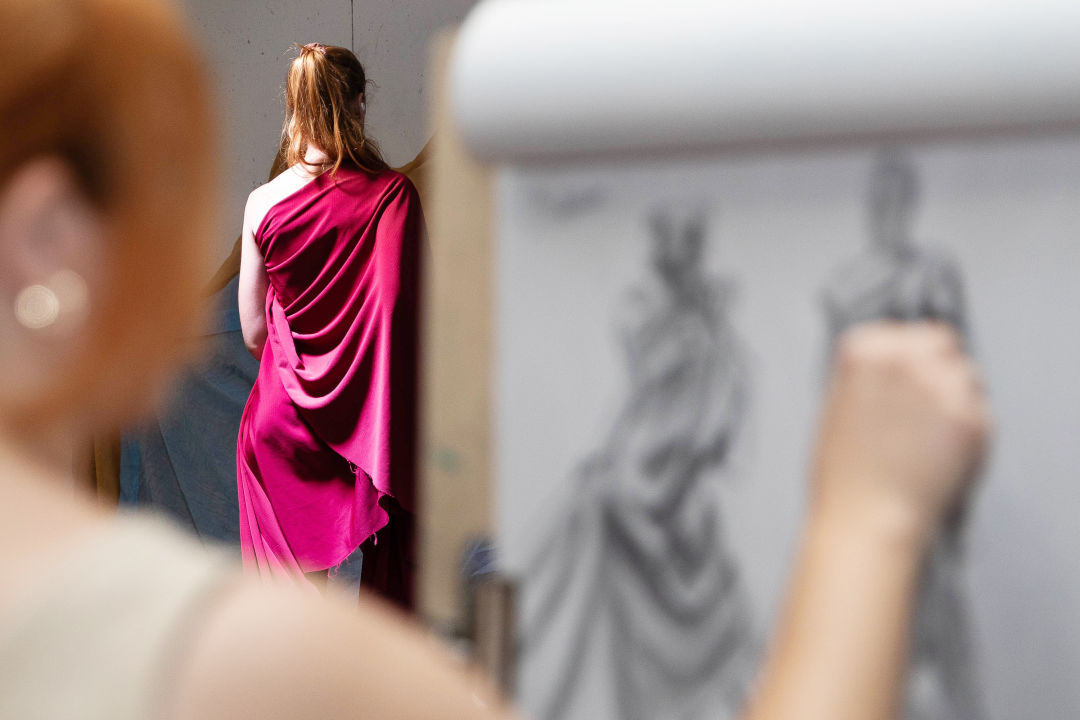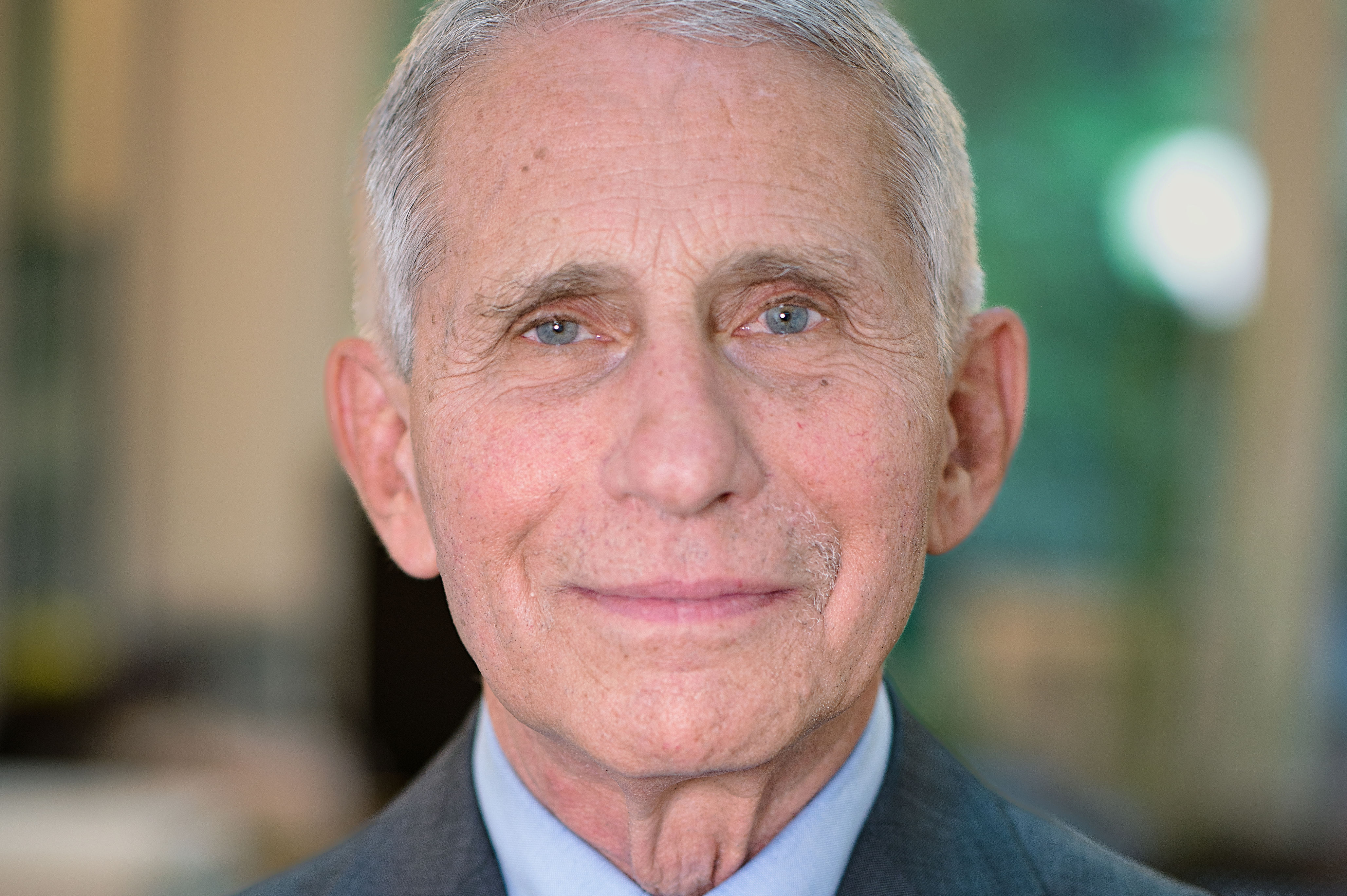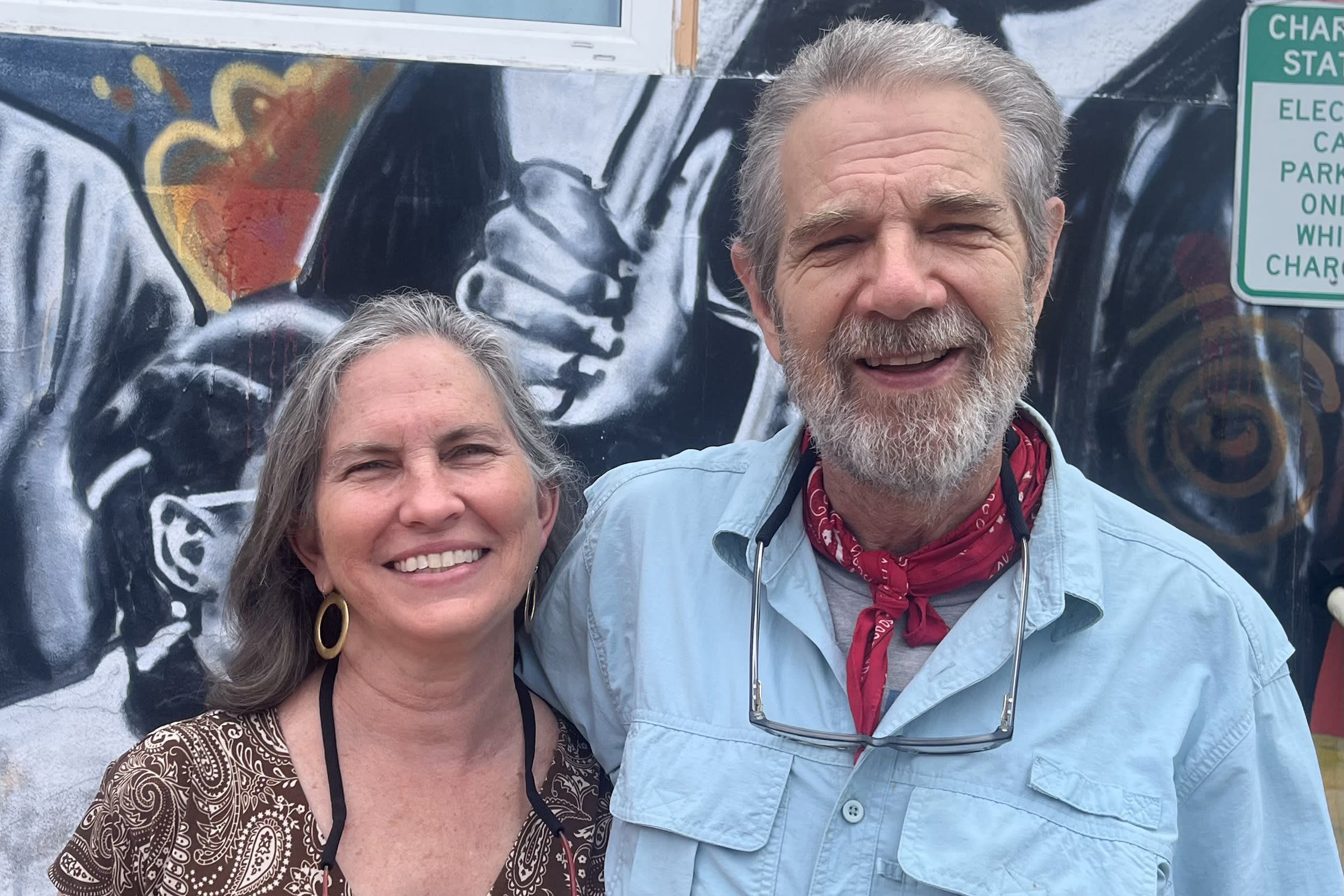At Ringling College, Figure Models Play an Integral Role in Teaching Art Students

Image: Hannah Phillips
A few minutes before today's advanced figure drawing class begins, students slowly file into a classroom at Ringling College of Art and Design. Like chefs preparing their stations, the students go about creating their own mise en place, throwing sketch paper onto paint-stained easels and sharpen their charcoal pencils. Matt Myers, who teaches the class, walks around the room, checking in with students. “Today we’re working on folds,” he reminds them.
As Myers helps me set up my own station, Alexandria “Dria” Anderson-Whittaker, the day’s figure model, enters and quickly disappears behind a wall on the far side of the room. Before my paper is clipped in, she reappears and steps up on the platform in front of the class. There’s a spotlight shining on her, and she’s changed into an amber-colored linen robe, a wireless earbud nestled in one ear.
Anderson-Whittaker sets a timer on her phone and undrapes, and the rooms grows silent except for the scratch of charcoal on paper. Everyone has two minutes to sketch each of Anderson-Whittaker’s gestures.
“Make sure you get the curves,” Myers calls out to the class. While he may be the professor in the room today, Myers isn’t the only one teaching the students. Anderson-Whittaker has her own role to play in supporting the students' art education.

There are 70-120 weekly classes at Ringling College that require a model. That’s about 15-18 classes every single day.
Image: Hannah Phillips
Sarafina Murphy-Gibson is the model coordinator at Ringling and manages a team of more than 30 models. (She's also, full disclosure, a former Sarasota Magazine intern.) It’s her job to make sure that the 70-120 weekly classes that require a model are fully staffed. That’s about 15-18 classes every single day that are filled by students from a variety of majors. While you might assume the classes are primarily for fine arts or illustration students, the lessons are also important for students in majors like visual studies, computer animation and game design. They all go through the figure program, giving them an understanding of principles such as anatomy and proportion.
“Being able to quickly and accurately convey the human figure is critical for animators and game designers who must produce numerous images in rapid succession,” says Murphy-Gibson.
Though the part models play in art education can sometimes go unnoticed, at Ringling, the models are essential members of the team.
“Figure models are technical employees of the school, just like teachers and staff here on campus,” Murphy-Gibson says. When hiring, she tells me she looks for a combination of ego and storytelling ability.
“Drawing the human figure is probably the most difficult skill to achieve,” says Myers. “Not only is it a complex structure, but there are psychological and emotional components involved. As humans, much of our interaction with the world is through other humans. This creates complications in the priorities of our perception.”
Anderson-Whittaker seems to be a natural. Besides a blink here and there, she doesn’t move a muscle. We often forget the people behind works of art, the inspirations for the statues we pay money to see—the people like her.
Anderson-Whittaker changes poses without much fanfare. Myers hands me a charcoal pencil and gives me a look that tells me I’m not going to get out of today's class without at least giving figure drawing a try. Bella Gazoli, a junior illustration student, hands me a sharpener for my pencils.
I ask her what it’s like to draw a naked person. “It’s helpful to see human form over and over again,” she says, though she admits that the experience was somewhat of a culture shock her freshman year.
I do my best with my own drawing, but spend too much time trying to make it perfect. Myers steps in and shows me what’s possible when the charcoal is in a trained hand. He sketches a few quick lines at first and then, seemingly out of nowhere, Anderson-Whittaker appears.
“The idea is to not be perfect,” he tells me. It’s to “move quickly, and to notice what’s in front of you.”

“I get a lot of people who do it for confidence,” says Ringling College model coordinator Sarafina Murphy-Gibson. “They're like, ‘I've always been a creative person, but I just want to feel more in tune with my body,’ or, ‘I want to feel more comfortable with my body.’”
Image: Hannah Phillips
After several poses, Anderson-Whittaker puts her robe back on and lounges on the podium for a quick break. She tells me she’s been modeling her whole life, so when she saw the job listing for the position at Ringling, she applied, thinking it would be fun.
She began modeling in spring 2020, but the semester was cut short due to the Covid-19 pandemic. Her next big project was being photographed for Ringling’s figure reference library, which was created during the pandemic to serve as a resource for students who are still honing their craft but who don’t have the ability to draw a model in person.
Though there have been a few paintings of her that she’s particularly liked, Anderson-Whittaker says she doesn't often look at artists’ depictions of her because of how it might make her feel. “Even if an artist is really good, gesture drawing isn’t always accurate, because [the artists] are exaggerating something," she says. "I don’t want to get that in my head. I’ll get weird about it.”
Anderson-Whittaker describes the job as fun and speaks about it with passion. She has a biology degree and, in particular, likes modeling for anatomy classes. “Sometimes I can even help out," she says. "If a teacher forgot a word or something I'm like, ‘Scapula!’”

Ringling College instructor Matt Myers talks to students during a figure drawing class.
Image: Hannah Phillips
By now, Anderson-Whittaker knows the curriculum of the classes, especially the first-year ones. Though she doesn’t draw, “there are definitely things that I absorb,” she says. “I know what's coming next. I know what part of the semester we’re in. In early November, we're going to have foreshortening, which means that we do a lot of seated and laying down poses, which is always fun.”
Though the job isn’t easy, models come to work motivated, for a variety of reasons.
“I get a lot of people who do it for confidence,” says Murphy-Gibson. “They're like, ‘I've always been a creative person, but I just want to feel more in tune with my body,’ or, ‘I want to feel more comfortable with my body.’”
She’s also interviewed potential models who are drawn to the role after physical changes. “I had a model who was a breast cancer survivor, and after she had lost both of her breasts, she wanted to be a model,” Murphy-Gibson says. “She wanted to feel happy and comfortable with her body again."
Murphy-Gibson tells me that diversity is one of the cornerstones of the college’s success and this value is reflected in the modeling talent. “We have muses from all walks of life to help our students learn to capture the splendid variations of the human form,” she says. “Youthful or wizened, petite or Rubenesque, across the gender spectrum, and from backgrounds around the world, art models show us there is wonder in every body.”



